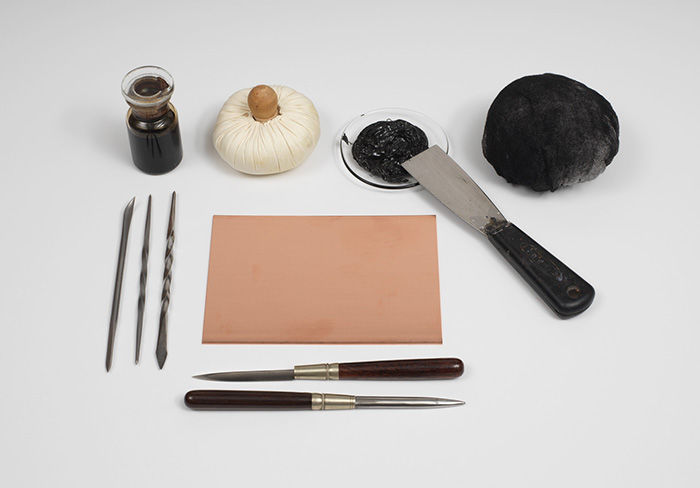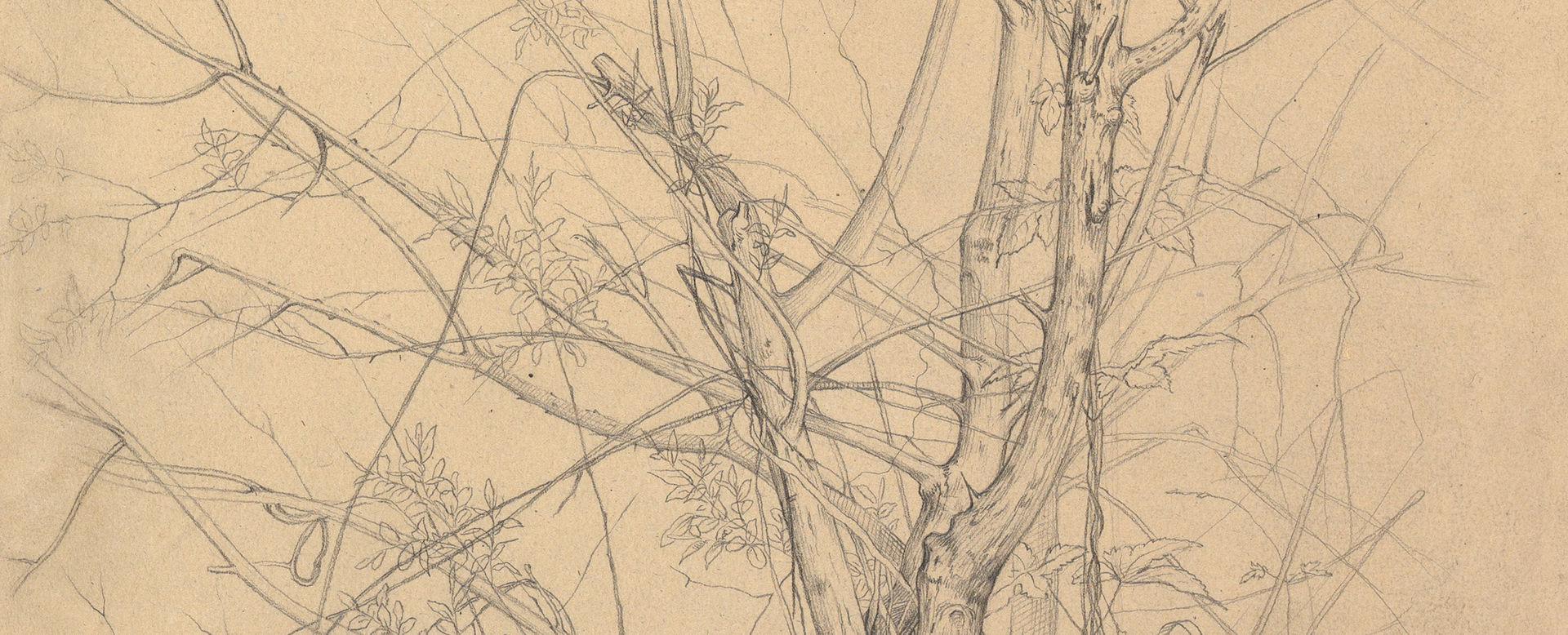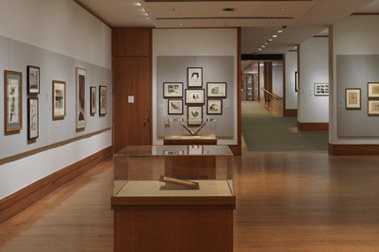Encombe Woods, No. 1
Sir Francis Seymour Haden British
Not on view
Seymour Haden was the unlikely combination of a surgeon and an etcher. Although he pursued a very successful medical career, he is mostly remembered for his etched work as well as for his writings on etching. He was one of a group of artists, including James McNeill Whistler (1834–1903) and Alphonse Legros (1837–1911), whose passionate interest in the medium led to the so-called etching revival, a period that lasted well into the twentieth century. The extolling of etching for its inherent spontaneous qualities reached its pinnacle during this time. While the line of the etching needle, Haden wrote, was "free, expressive, full of vivacity," that of the burin was "cold, constrained, uninteresting," and "without identity."
A landscape with wooded hills at right; a plain with a pool in the foreground and two standing donkeys looking toward viewer, reflected in the water, at left.
"State II (Hb). The heavily worked tree in the left foreround removed. Additional work in the middle distance in the sky and in woods at right; the donkey' reflections have been added to the pond."
[Source: Schneiderman, p. 381]
"Trial Proofs: (b) Additional shading in middle distance, and the reflections of the donkeys have been added. Colls. Brit. Mus., and H."
[Source: Harrington, p. 108]


